The ocean’s depths are a mysterious frontier, teeming with extraordinary life forms that defy our understanding of nature. These creatures inhabit an environment so extreme that they often appear otherworldly, resembling the aliens of science fiction more than any Earthly being. As we delve into the abyss, we discover a realm where evolution has taken a wild turn, resulting in creatures with bizarre adaptations and stunning appearances. Their existence challenges our perception of life and reminds us of the sheer diversity and adaptability of nature.
Anglerfish: Masters of Deception
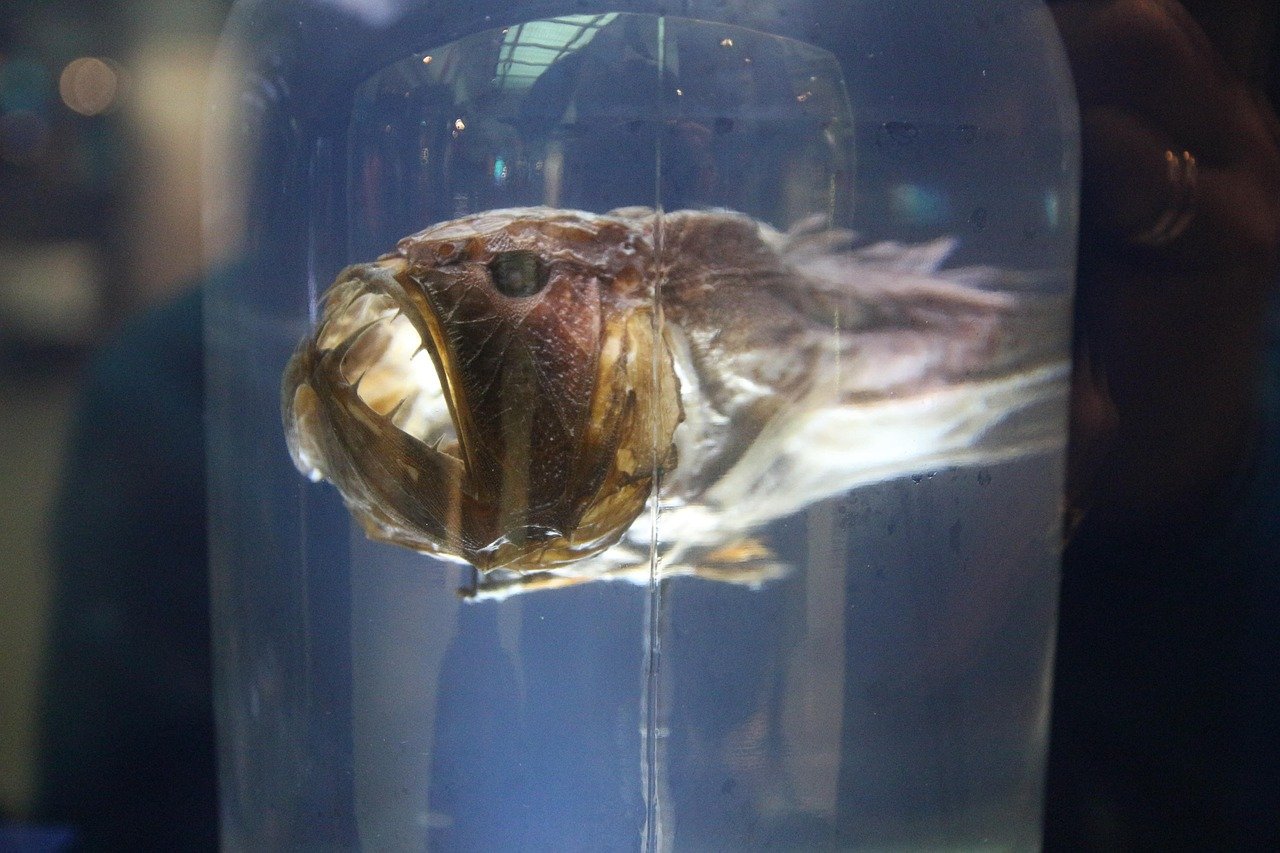
The anglerfish is a true marvel of the deep sea, known for its unique hunting technique and eerie appearance. This fish sports a bioluminescent lure that dangles in front of its mouth, acting like a fishing rod to attract prey. In the pitch-black depths, this glowing appendage becomes an irresistible beacon for smaller creatures, drawing them in for a swift capture. The anglerfish’s grotesque, wide-open jaws and sharp teeth add to its alien-like visage. Its ability to lure prey in such a desolate environment showcases an incredible evolutionary strategy, adapting to the scarcity of food in the deep sea.
Vampire Squid: The Gentle Predator
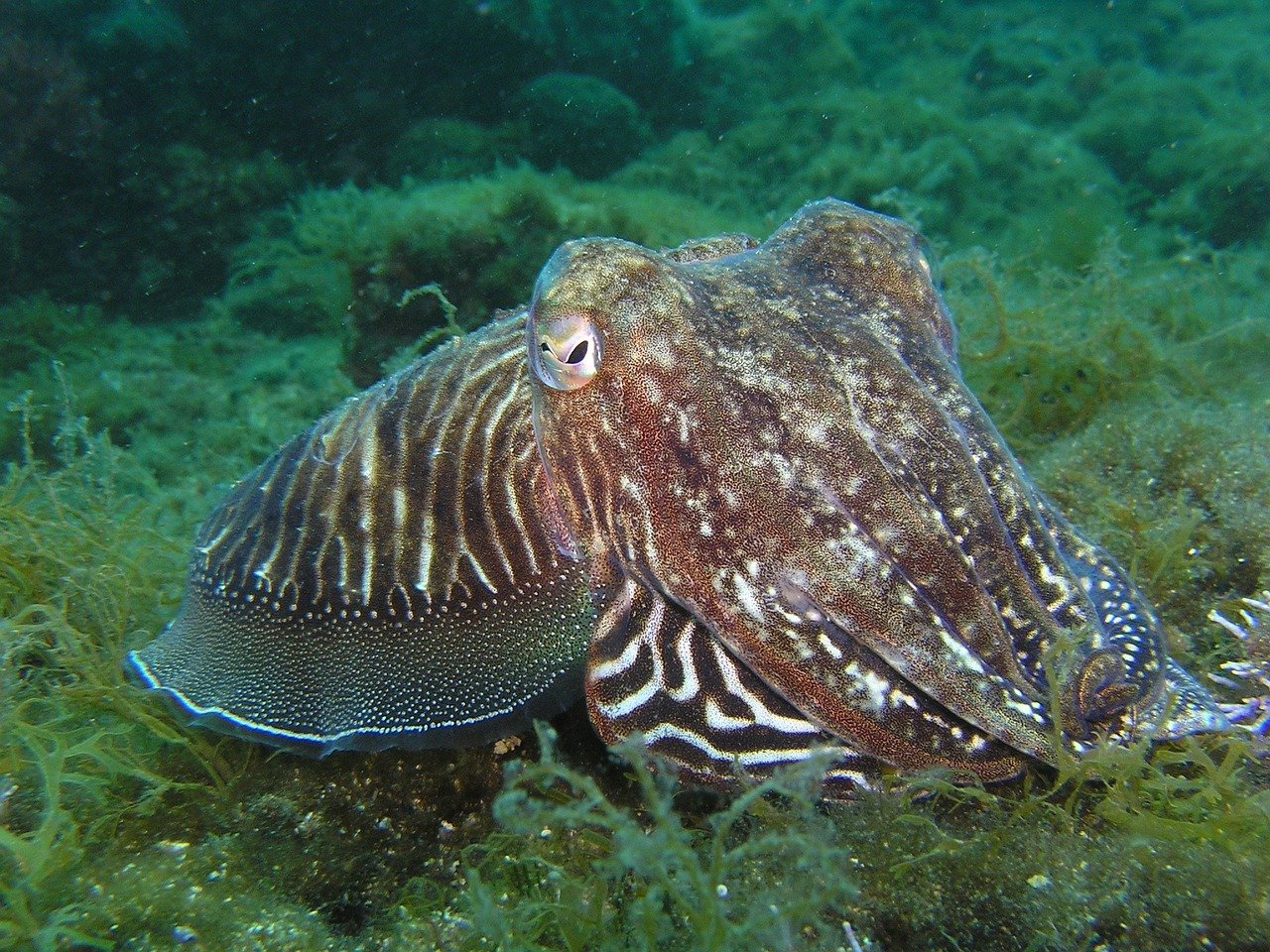
Despite its menacing name, the vampire squid is more of a scavenger than a predator. It occupies the oxygen-depleted zones of the ocean and has developed unique adaptations to survive in such harsh conditions. With its cloak-like webbing and deep red coloration, this creature looks like something out of a horror movie. The vampire squid can turn itself inside out, exposing spiny projections to deter predators, a defense mechanism that only adds to its mystique. Its ability to thrive in low-oxygen environments is a testament to the incredible adaptability of deep-sea life.
Giant Isopod: The Ocean’s Armored Tank
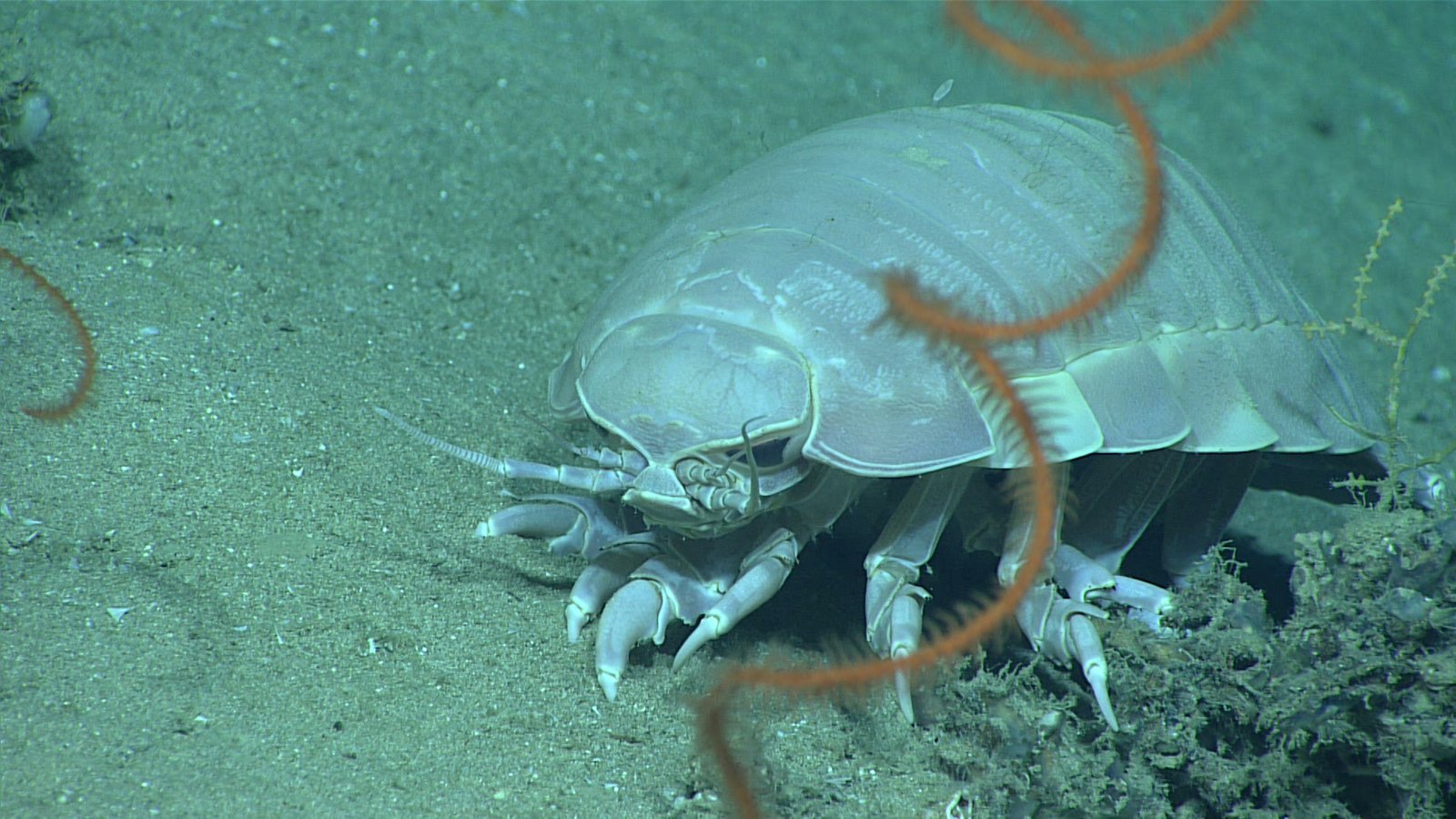
Giant isopods are the ocean’s equivalent of the pill bug, but on a much larger scale. These crustaceans can grow up to 16 inches long and bear a striking resemblance to their terrestrial counterparts. Their armored exoskeletons provide protection from the harsh deep-sea environment, where they scavenge for food on the ocean floor. The giant isopod’s survival strategy includes long periods of fasting, allowing it to endure the scarce food supply in its habitat. Its prehistoric appearance and size make it one of the most unusual creatures in the deep sea.
Goblin Shark: The Living Fossil
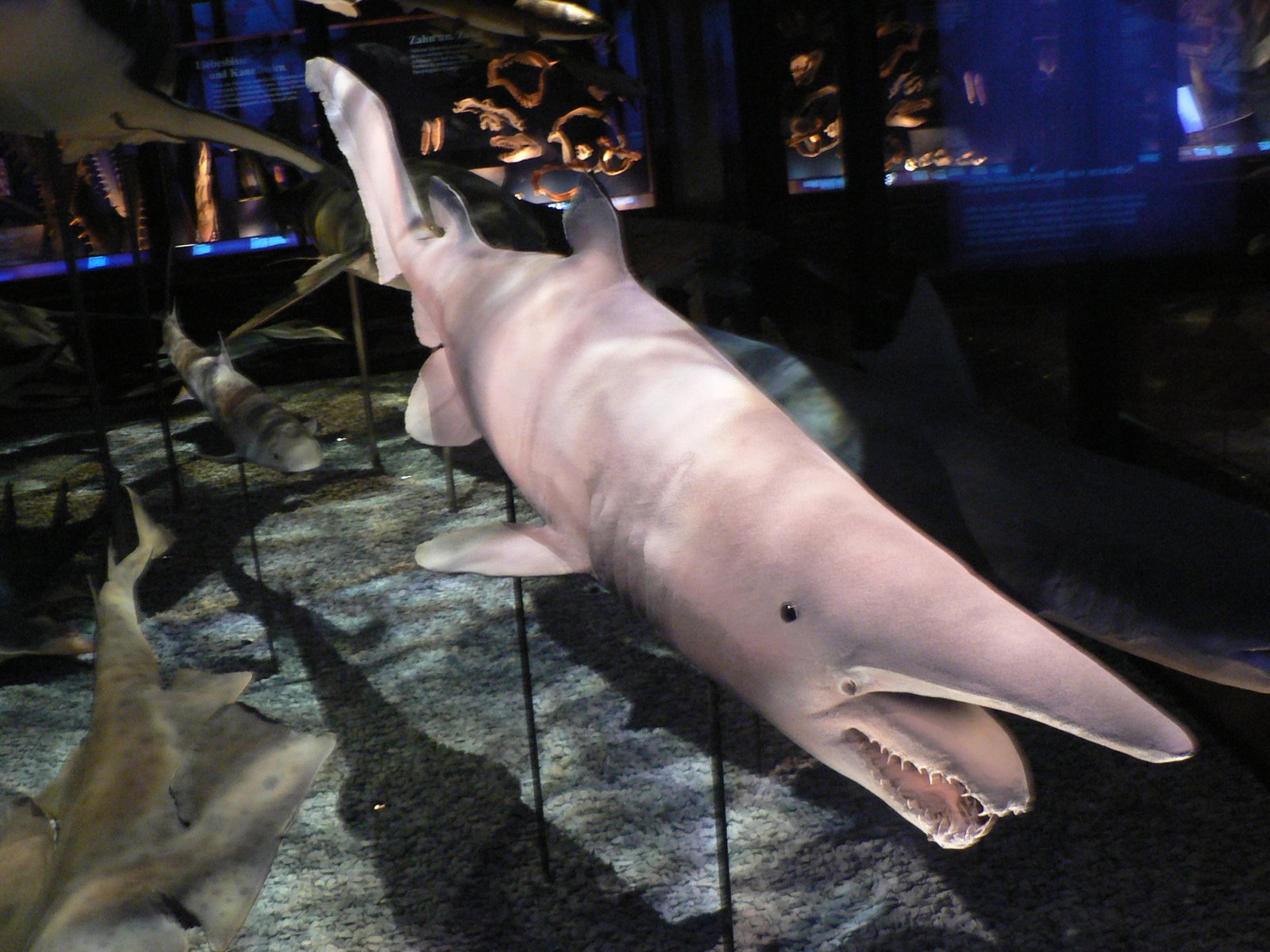
The goblin shark is often referred to as a “living fossil” due to its ancient lineage and primitive features. With its elongated snout and protrusible jaws, it looks like a creature straight out of a nightmare. This deep-sea predator uses its snout to detect electrical fields from prey, an adaptation that compensates for the darkness of its environment. When it captures prey, its jaws extend rapidly, a feeding mechanism that is both fascinating and frightening. The goblin shark’s peculiar appearance and behavior underscore the diversity of life in the ocean’s depths.
Deep-Sea Dragonfish: The Bioluminescent Hunter
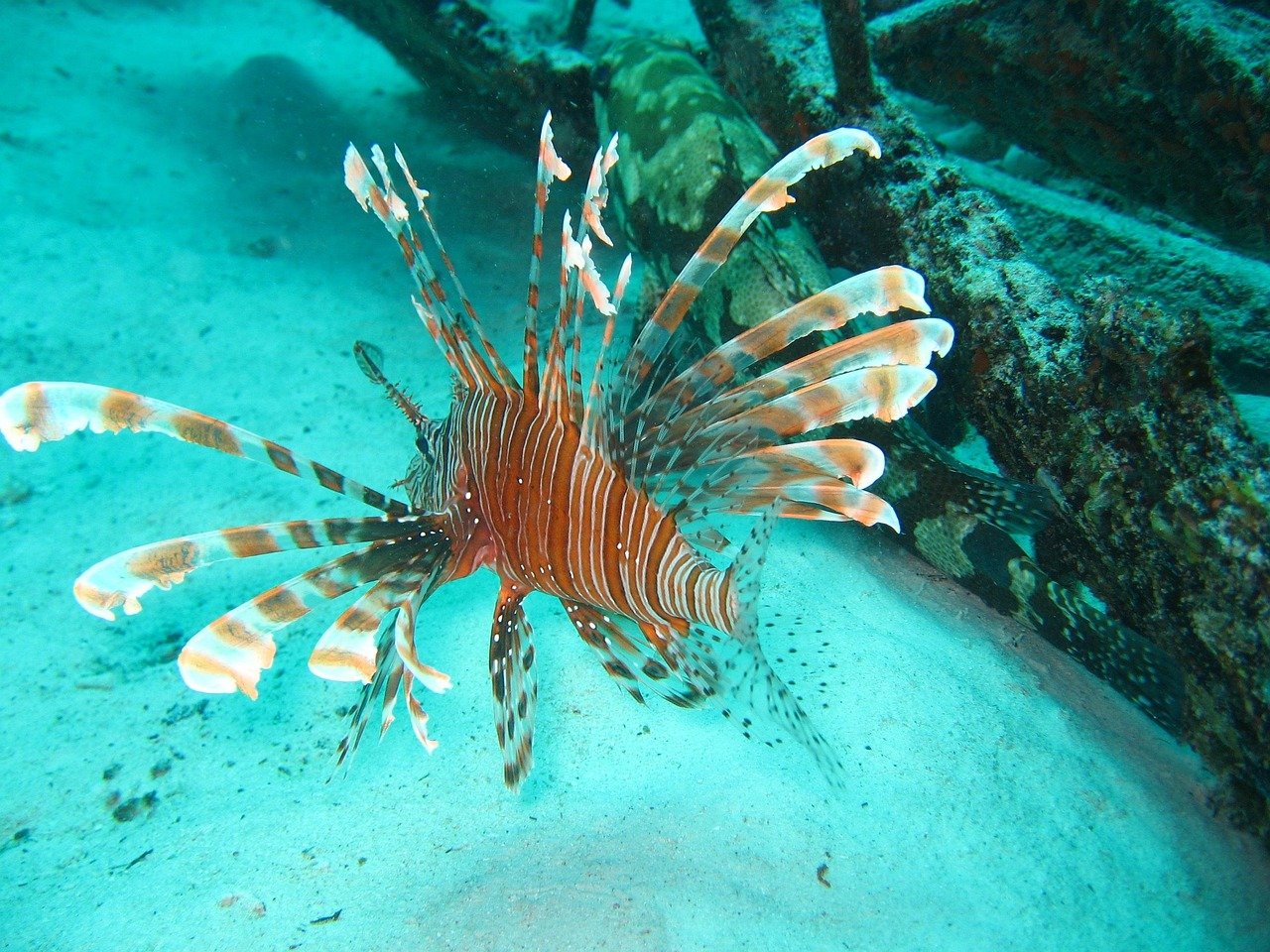
The deep-sea dragonfish is a fearsome predator, equipped with bioluminescent organs that help it navigate the dark waters. Its fang-like teeth and elongated body give it a menacing look, but it’s the dragonfish’s ability to emit light that sets it apart. These light-producing organs, called photophores, are used to communicate, attract mates, and confuse prey. The dragonfish’s mastery of bioluminescence is a prime example of how life adapts to the deep-sea’s challenges, using light as a tool in an environment where sunlight never reaches.
Barreleye Fish: The Transparent Observer
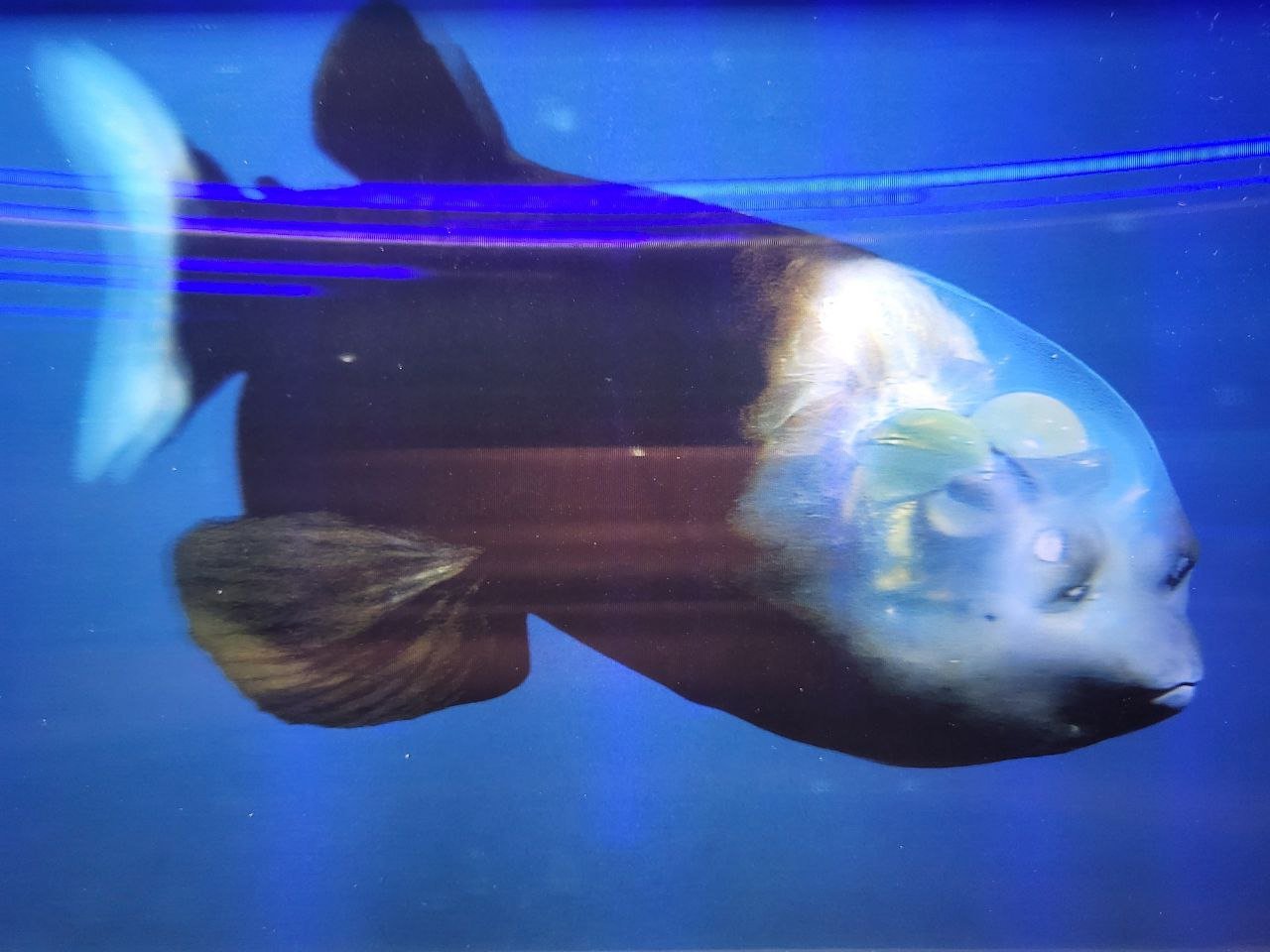
The barreleye fish is a true oddity, with a transparent head that allows it to look upward through its skull. This adaptation helps it detect the silhouettes of prey swimming above, even in the dim light of the deep sea. Its upward-facing eyes are encased in a fluid-filled dome, providing protection and enhancing its field of vision. The barreleye’s unique anatomy is a remarkable example of how evolution can produce solutions to the challenges of deep-sea living. Its alien-like appearance is a reminder of the vast diversity of life that exists in Earth’s oceans.
Frilled Shark: The Serpent of the Sea
The frilled shark is a deep-sea dweller that resembles a prehistoric sea serpent. With its eel-like body and frilled gills, it looks more like a creature from ancient lore than a modern shark. This elusive predator possesses rows of needle-sharp teeth, designed to grip slippery prey. Its ability to survive in the deep ocean makes it a fascinating subject of study for marine biologists. The frilled shark’s serpentine appearance and ancient lineage provide a glimpse into the evolutionary history of sharks, creatures that have roamed the oceans for millions of years.
Yeti Crab: The Furry-Limbed Wanderer
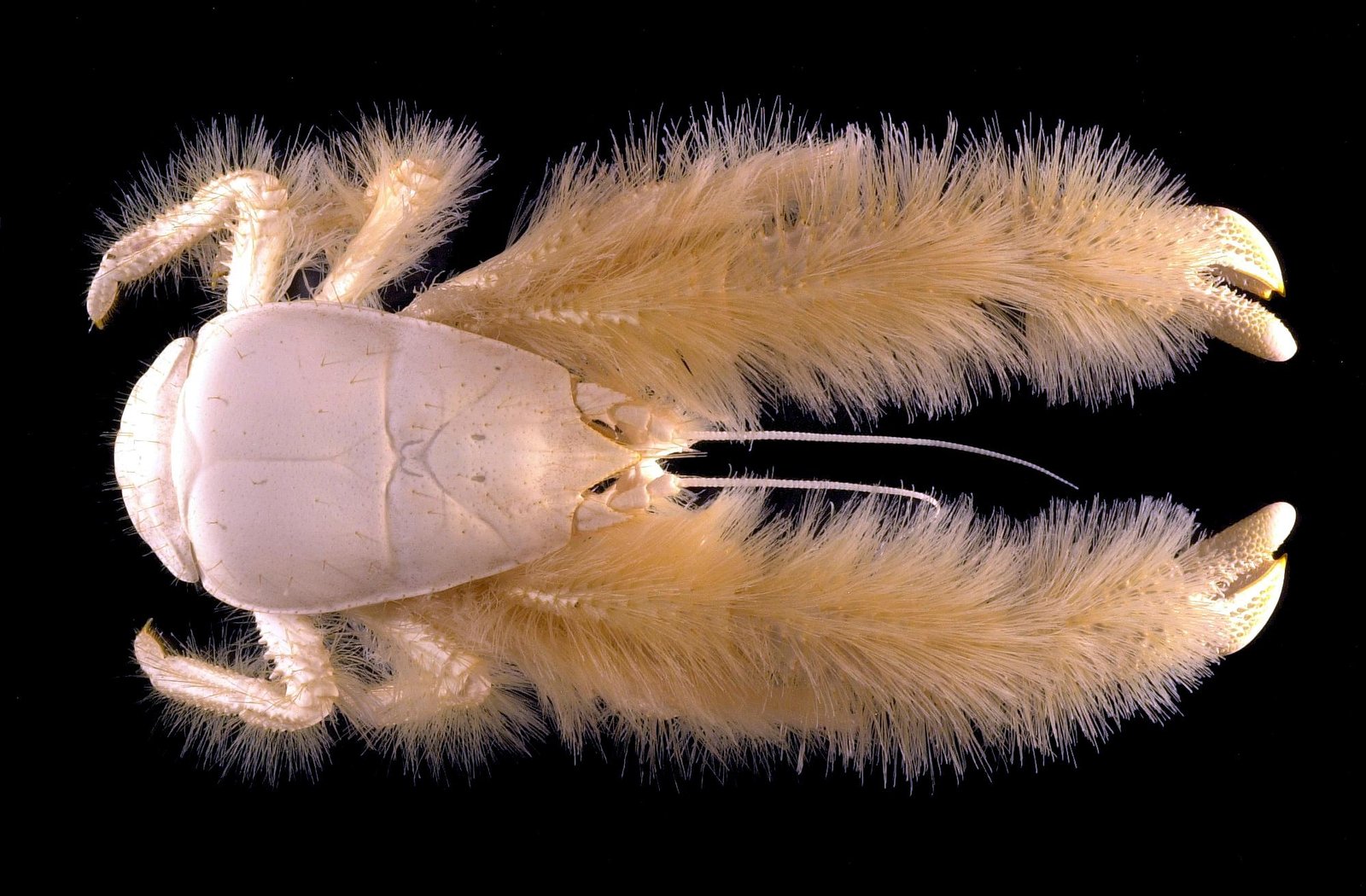
The yeti crab, discovered only recently, has captured the imagination of scientists and the public alike. This crustacean is notable for its hairy pincers, which are covered in bacteria that help detoxify the water around hydrothermal vents. The yeti crab’s unusual appearance and symbiotic relationship with bacteria highlight the complex interactions between organisms in extreme environments. Its discovery underscores the fact that the deep sea still holds many secrets, with new species waiting to be uncovered. The yeti crab’s furry limbs and unique lifestyle make it a standout among deep-sea creatures.
Blobfish: The Unlikely Beauty
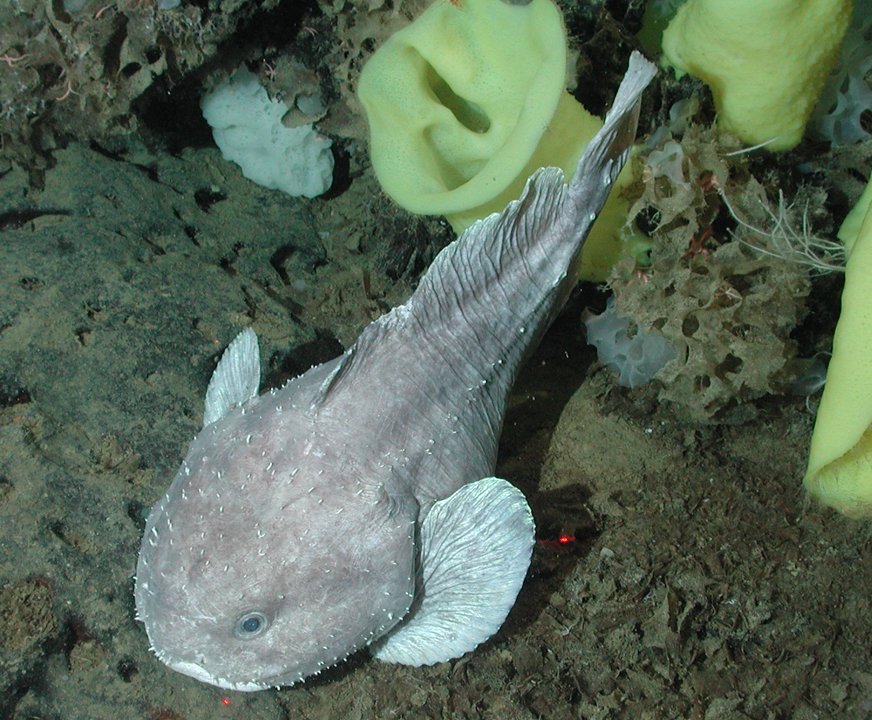
The blobfish has gained notoriety for its peculiar appearance when brought to the surface, often described as “ugly” by human standards. However, in its natural deep-sea habitat, it looks quite different, with a more streamlined body that helps it withstand the immense pressure of the ocean depths. The blobfish’s gelatinous flesh allows it to float above the seafloor, conserving energy in a world where resources are scarce. This creature’s unassuming appearance belies its adaptability, serving as a reminder that beauty is often in the eye of the beholder.
Sea Pig: The Ocean’s Oddball
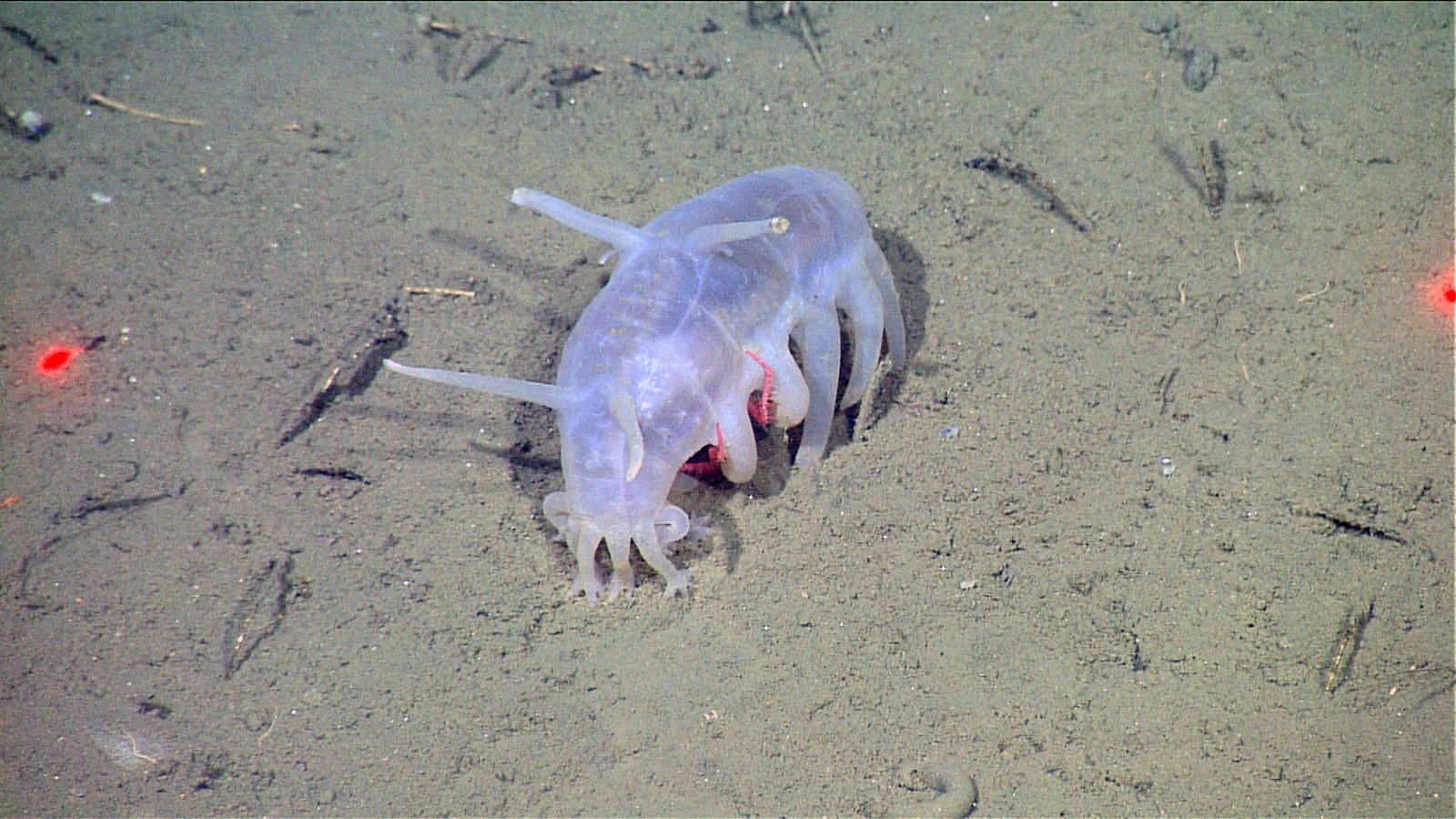
Sea pigs, a type of sea cucumber, are one of the most peculiar creatures found on the ocean floor. These soft-bodied animals are equipped with tube-like feet that help them navigate the seabed in search of detritus to feed on. Their translucent bodies and bulbous forms give them an alien-like appearance, yet they play a crucial role in the ocean’s ecosystem. Sea pigs are scavengers, cleaning the ocean floor and recycling nutrients back into the environment. Their bizarre look and ecological importance make them a fascinating subject for study, proving that even the strangest creatures have a vital place in nature.
Conclusion
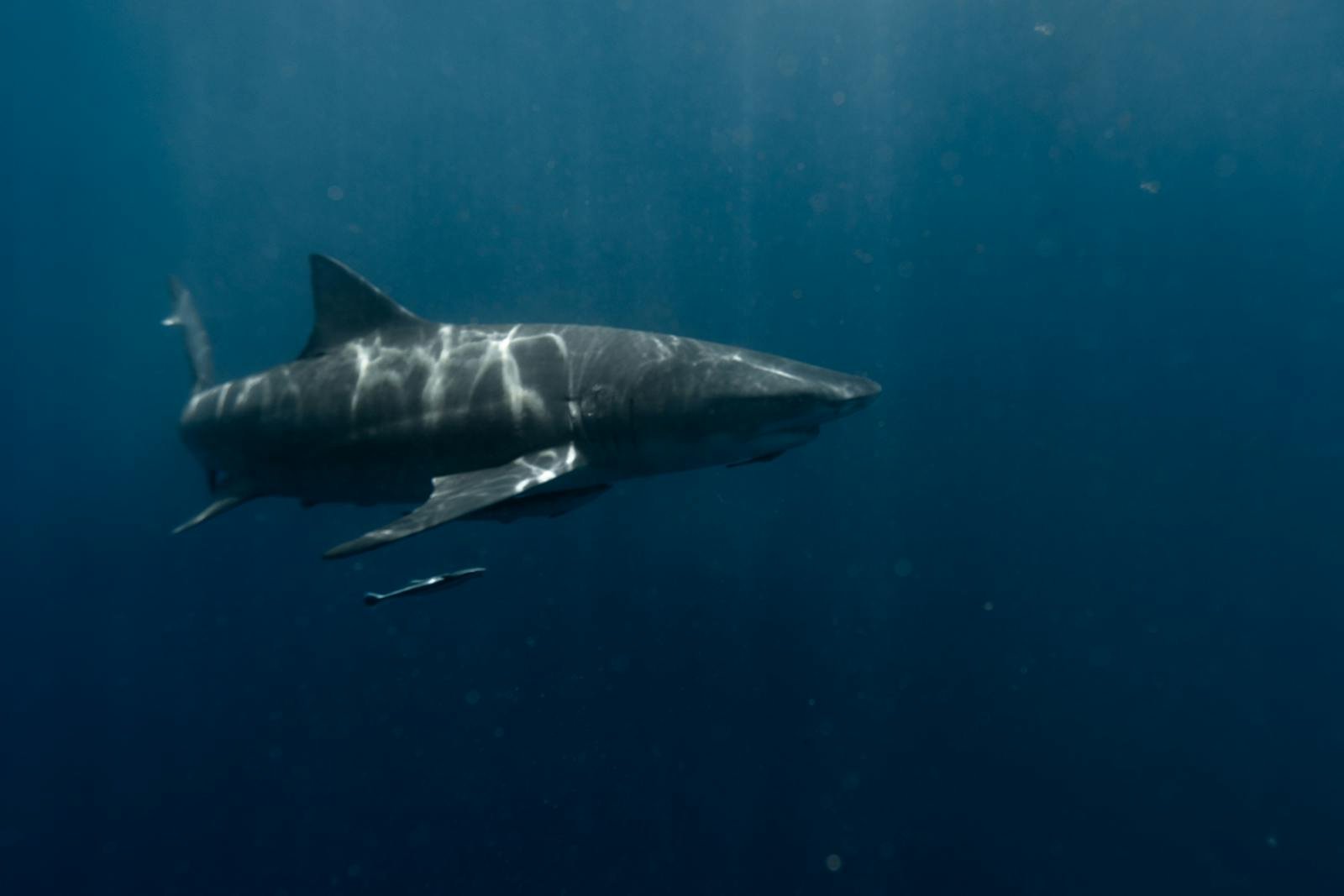
The deep sea remains one of the most mysterious and least explored frontiers on our planet, home to creatures that challenge our understanding of evolution and adaptation. From the eerie glow of the anglerfish to the transparent head of the barreleye fish, these extraordinary beings showcase nature’s remarkable ingenuity in the face of extreme conditions. Each species, whether an ancient predator like the goblin shark or an unlikely scavenger like the sea pig, plays a crucial role in maintaining the delicate balance of the ocean’s ecosystem.




